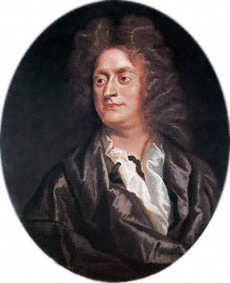

Henry Purcell (1659-1695) was an English composer, and although he primarily worked as a musician and composer for the English royal court, during the last five years of his life, he also wrote theater music for over 40 plays. During this period, theater music was often called incidental music because it was written to supplement a spoken drama and was not part of the actual play. Rondeau was one of the pieces Purcell composed for a play written by a prominent woman playwright, Aphra Behn, and the play was entitled Abdelazar or The Moor's Revenge. Purcell composed this incidental music in 1695, and scored the music for a string orchestra and harpsichord. [1] There are two aspects to Rondeau's musical form:
If Rondeau's melody sounds familiar, it could be because Purcell's Rondeau theme was later used by Benjamin Britten in 1945 as the basis of Britten's piece The Young Person's Guide to the Orchestra, "Variations and Fugue on a Theme of Purcell."
TECHNIQUE TIPS: This piece is in a rondeau form, and this arrangement of Purcell’s Rondeau has the following musical structure: A B C A (the main theme is represented by the letter A, and the other letters represent contrasting themes). As you play this music, listen to see if you can tell the difference between the following sections of Purcell’s Rondeau: section A measures 1-8; section B measures 9-16; section C measures 17-24; and section A returns in measure 25 to the end. The tempo or speed of the music should have the sprightly feel of a hornpipe dance, and you should be able to feel the strong three beat pulse in every measure.
© Copyright 2025 RK Deverich. All rights reserved.
Although this online viola class is provided free of charge, all rights are reserved and this content is protected by international copyright law. It is illegal to copy, post or publish this content in any form, and displaying any of this material on other websites, blogs or feeds is prohibited. Permission is given for individual users to print pages and perform music from this website for their personal, noncommercial use.